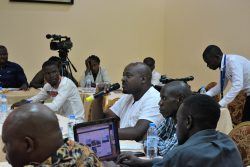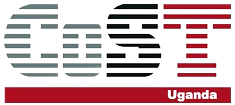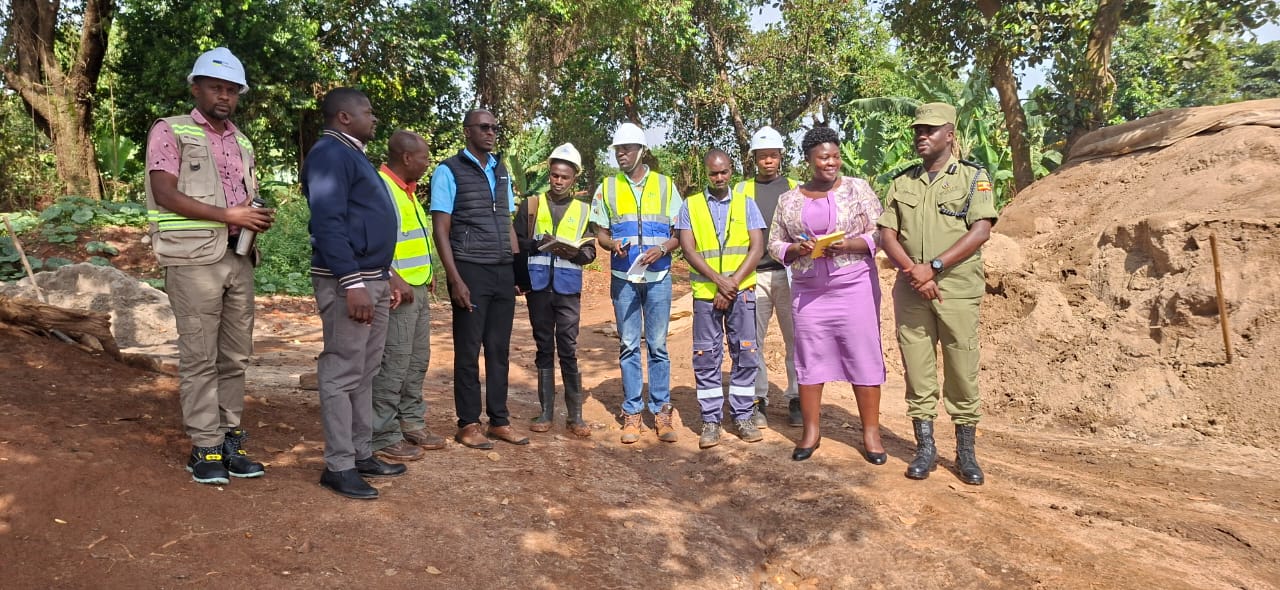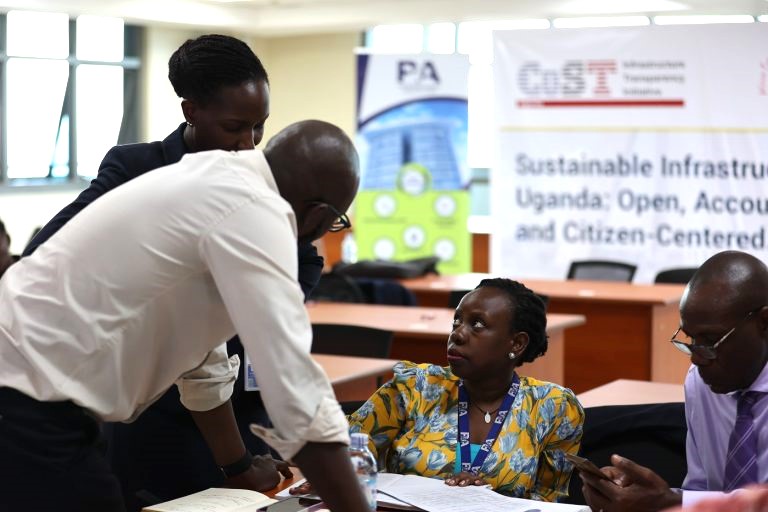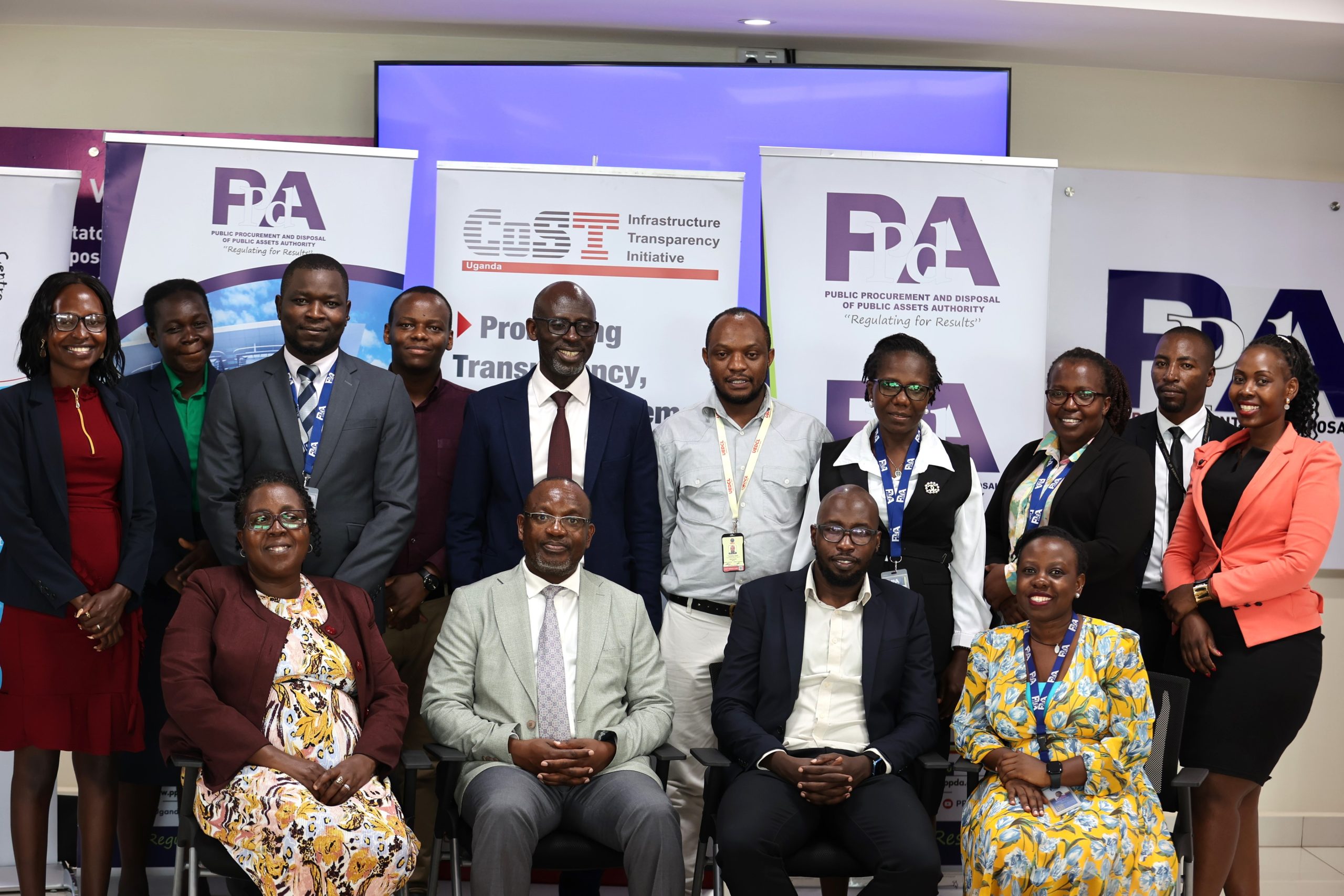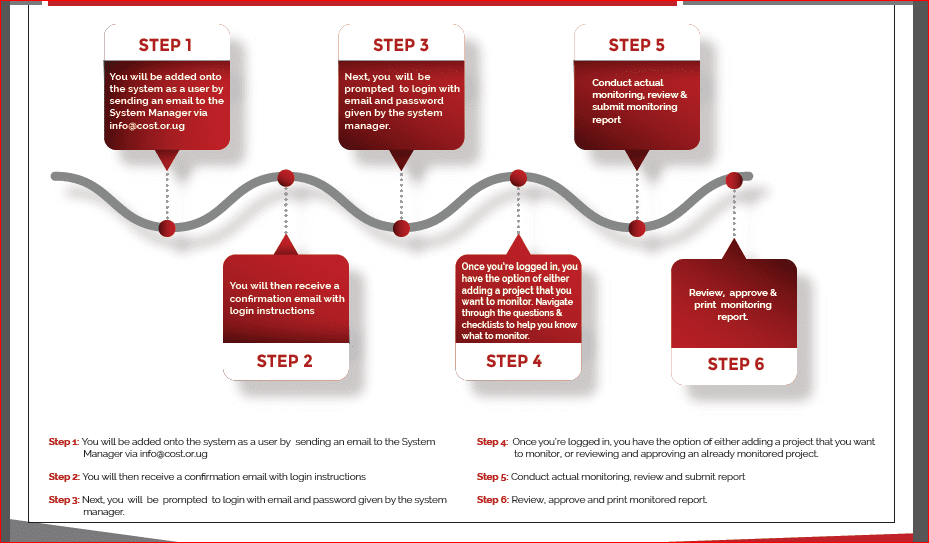
Publishing standardized open data reduces barriers to data use and encourages the development of reusable tools and methodologies to work with data on infrastructure projects. In this article, we take you through the Electronic Infrastructure Monitoring Tool (E-IMT) and how it is used. We also share with you experiences from the eight Local Governments that have applied the tool.
Globally, by 2030, it is estimated that close to US$6 trillion could be lost annually in construction through corruption, mismanagement and inefficiency. In Uganda, many actors and stakeholders have raised concerns about the quality of public infrastructure projects being delivered under the various sectors of education, health, works, and transport. CoST Uganda’s Assurance Reports have revealed concerns related to lack of trust and appreciation from the public including; projects exceeding their budget and timeframe, amendments being made to project original scope, challenges faced in obtaining approval for land acquisition, a lack of control and supervision processes to ensure quality construction and the health and safety of workers, limited citizen engagement, limited compliance of Procurement Entities to procurement regulations, weak information disclosure efforts and systems, lack of a central body to regulate and enhance information disclosure on infrastructure data, limited financing for lower governments delaying delivery of projects and weak oversight role from key oversight bodies such as Inspectorate of Government, Ethics and Integrity among others. The inefficiencies in procurement and implementation have hindered continuous private sector engagement, timely monitoring, and delivery of infrastructure projects.
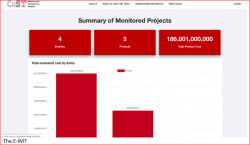
To address the challenges in project implementation, CoST Uganda, a national chapter of CoST International has developed an Electronic Infrastructure Monitoring Tool E-IMT, which digitizes project information collection and automates project status and project health reports generation. CoST Uganda is being hosted by the Africa Freedom of Information Centre (AFIC), AFIC also supports CoST Africa countries as Regional Manager.
The Monitoring tool came to effect earlier in 2018, being introduced to 8 (eight) Local governments of Kabale, Ntungamo, Wakiso, Gulu, Arua, Mbale, Mbarara, and Masindi. As pilot districts, the Local Governments have stories to tell, ranging from it has helped them know how and what to look out for on projects, get instant reports and make decisions, put in place consolidated funds for joint monitoring and increase access to information among others. It was imperative the Central Government reaps from this experience, and thus, the E-version of the tool being developed.
The Online Monitoring tool was launched on 21st February 2020, by the Hon. Minister of State, Works, Ministry of Works and Transport. In his keynote opening remarks, Hon. Peter Lokeris noted;
“Most often, we have sent teams to monitor, but have not seen reports, this tool will help us receive real-time information to inform decision making” the Minister added; “I call upon all Heads of Departments, Project Managers, oversight bodies, and Parliament to embrace this tool. It has been designed with our support as the Champion Ministry and thus, will add a great value to the sector”
Why the E-IMT?
To eliminate inefficiencies in planning and to; introduce effective and timely monitoring systems, CoST Uganda developed an online Infrastructure Monitoring Tool, in short E-IMT.
- The E-IMT assists with the timely and instant gathering of the project and contract information. Compiling information helps in identifying any areas of improvement and simplifies the instant development of a Monitoring Report that helps make informed and real-time decisions on projects under implementation.
- It also enables entities to get timely feedback on the health and status of projects while reducing the number of time officials spend on monitoring and drafting reports because it guides you on what critical areas to focus on.
- Finally, the E-IMT collects evidence to back entity decisions on the performance of infrastructure projects and cuts out challenges of obtaining.
If you are not a Procurement Entity or Government agency, but rather a Civil Society Organization, contractor, consultant, media or citizen group among others, simply access the online tool via e-imt.cost.or.ug and follow these steps. You can get more guidance from this video https://www.youtube.com/watch?v=r1mvH8PY5ZY
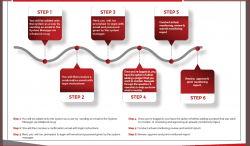
The E-IMT
Ultimately, the end-game of this tool is to make project data available in a variety of formats, including CSV and JSON, and also improve project data expansion through a publicly available API that publishes data in OC4IDS format.
Note: The main goal is to enable you to access real-time project information for your articles, advocacy, and engagement with any other lead citizen. We advise you not to use this information to undermine the reputation of any institution or official.
Open knowledge of how taxpayers’ money is disbursed is crucial to the development of every society. It is the interest of both the government and the governed to promote the understanding of procurement processes, contract award processes; contract cost, bidders’ information and who monitors the contract implementation. Information about who is awarded a government contract and the list of bidders should be readily available on a public domain, where every citizen can access and understand its details.
Disclosure of information in an appropriate format enhances citizens’ participation in governance issues; this consequently discourages issues of misappropriation of funds and contract inflation which are the two biggest forms of corruption in Uganda but also enables the private sector to engage in fair business practices.

